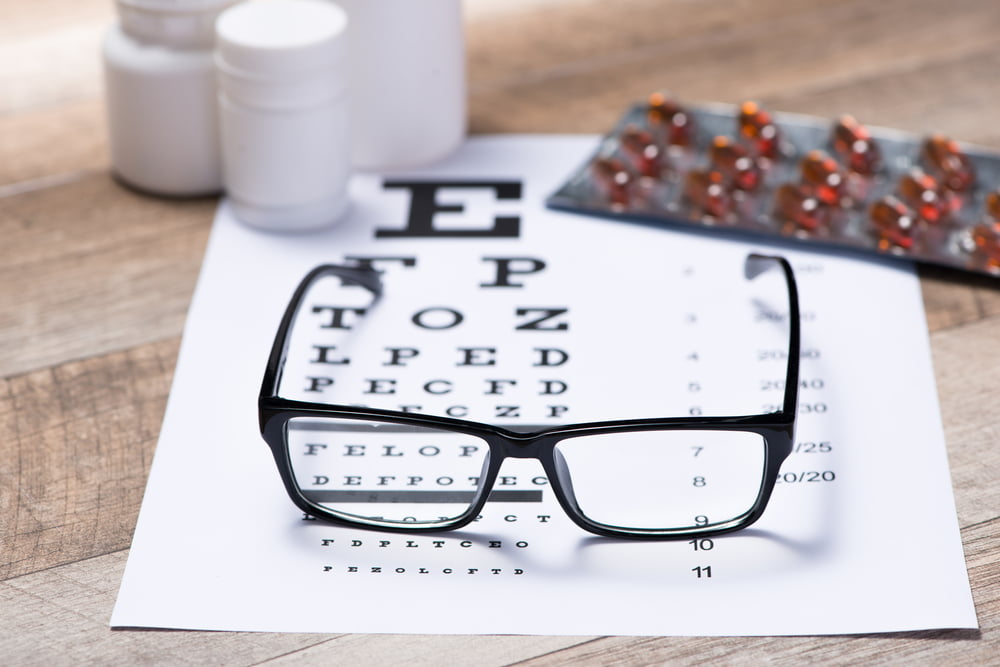When it comes to caring for your eyes, most people think of lutein, zeaxanthin, or vitamin A—but omega-3 fatty acids deserve a place at the top of the list. These essential fats, best known for their heart and brain benefits, are equally important for eye health, visual development, and protection against age-related vision loss.
The Connection Between Omega-3s and Eye Health
DHA and EPA: The Vision-Boosting Duo
Two types of omega-3s—docosahexaenoic acid (DHA) and eicosapentaenoic acid (EPA)—play a crucial role in both visual development and retinal function. DHA is found in particularly high concentrations in the retina, where it helps transmit visual signals to the brain and supports the structural integrity of photoreceptor cells. EPA, meanwhile, helps the body produce more DHA and reduces inflammation that can damage delicate eye tissues.
Because the body cannot produce these fats on its own, it’s important to obtain them through diet or supplements. Fatty fish like salmon, mackerel, sardines, and herring are excellent sources, and omega-3 supplements are an effective alternative for those who don’t eat seafood regularly.
Omega-3s During Pregnancy and Infant Development
Omega-3s are particularly critical during pregnancy and infancy, when the brain and eyes are rapidly developing. Research from the National Center for Biotechnology Information has shown that adequate maternal DHA intake supports proper visual and neural development in infants. Similarly, a study in the American Journal of Clinical Nutrition found that babies whose mothers took DHA supplements during pregnancy had better visual acuity at two months old compared to those whose mothers did not.
In short, maternal omega-3 nutrition supports lifelong visual and cognitive health in children.
Omega-3s and Dry Eye Disease
The Anti-Inflammatory Advantage
Dry eye disease affects roughly 14% of U.S. adults, especially older women. It occurs when the eyes don’t produce enough tears—or when the tear film lacks the right balance of water and oils—leading to irritation, redness, and blurred vision.
Studies show that omega-3s, especially EPA and DHA, can significantly reduce symptoms of dry eye thanks to their anti-inflammatory properties.
-
A 2018 study found that taking 1,000 mg of omega-3s daily (650 mg EPA + 350 mg DHA) for 3 months reduced dry eye symptoms in over 500 participants.
-
Another trial using 2,240 mg daily (1,680 mg EPA + 560 mg DHA) improved tear quality and reduced irritation in just 12 weeks.
-
In the Women’s Health Study, women with the highest omega-3 intake had a 17% lower risk of dry eye disease than those consuming the least.
Omega-3s and Common Eye Conditions
1. Age-Related Macular Degeneration (AMD)
AMD is the leading cause of severe vision loss in adults over 60. Studies show that individuals with higher blood levels of EPA and DHA have significantly lower risk of developing AMD. Diets rich in cold-water fish are particularly protective.
2. Glaucoma
Omega-3s have been found to reduce intraocular pressure (IOP), improve blood flow to the optic nerve, and support neuroprotection—making them valuable in managing glaucoma, the world’s second leading cause of blindness.
3. Diabetic Retinopathy (DR)
Research indicates that people with diabetes who consume at least 500 mg of omega-3s per day have a lower risk of developing diabetic retinopathy. Long-chain omega-3s help protect retinal blood vessels from damage associated with high blood sugar.
4. Eye Floaters
Preliminary evidence suggests omega-3s may also ease inflammation and improve tear production in individuals prone to eye floaters, small specks or shadows that drift across one’s vision.
The Omega-3 Index: Know Your Levels
To truly understand your omega-3 status, consider taking an Omega-3 Index Test. This simple at-home finger-prick test measures the percentage of EPA and DHA in your red blood cells.
-
Optimal range: 8% or higher
-
U.S. average: Around 4%, considered high risk for poor health outcomes
If your levels are low, increasing your intake through fatty fish or omega-3 supplements can help restore balance.
Simple Ways to Support Eye Health with Omega-3s
-
Eat fatty fish at least twice a week (salmon, sardines, mackerel).
-
Supplement wisely with high-quality fish oil or algal oil if you don’t eat seafood.
-
Pair with other nutrients—vitamins A, C, E, zinc, lutein, and zeaxanthin work synergistically with omega-3s to protect your eyes.
-
Monitor your levels with an Omega-3 Index test for a personalized approach.
The Bottom Line
Omega-3s are essential for lifelong eye health—from supporting infant visual development to reducing the risk of age-related diseases like macular degeneration and dry eye. Maintaining healthy DHA and EPA levels can make a profound difference in how your eyes age and function.
Whether through food or supplements, consistent omega-3 intake is one of the simplest, most effective ways to protect your vision for years to come.




